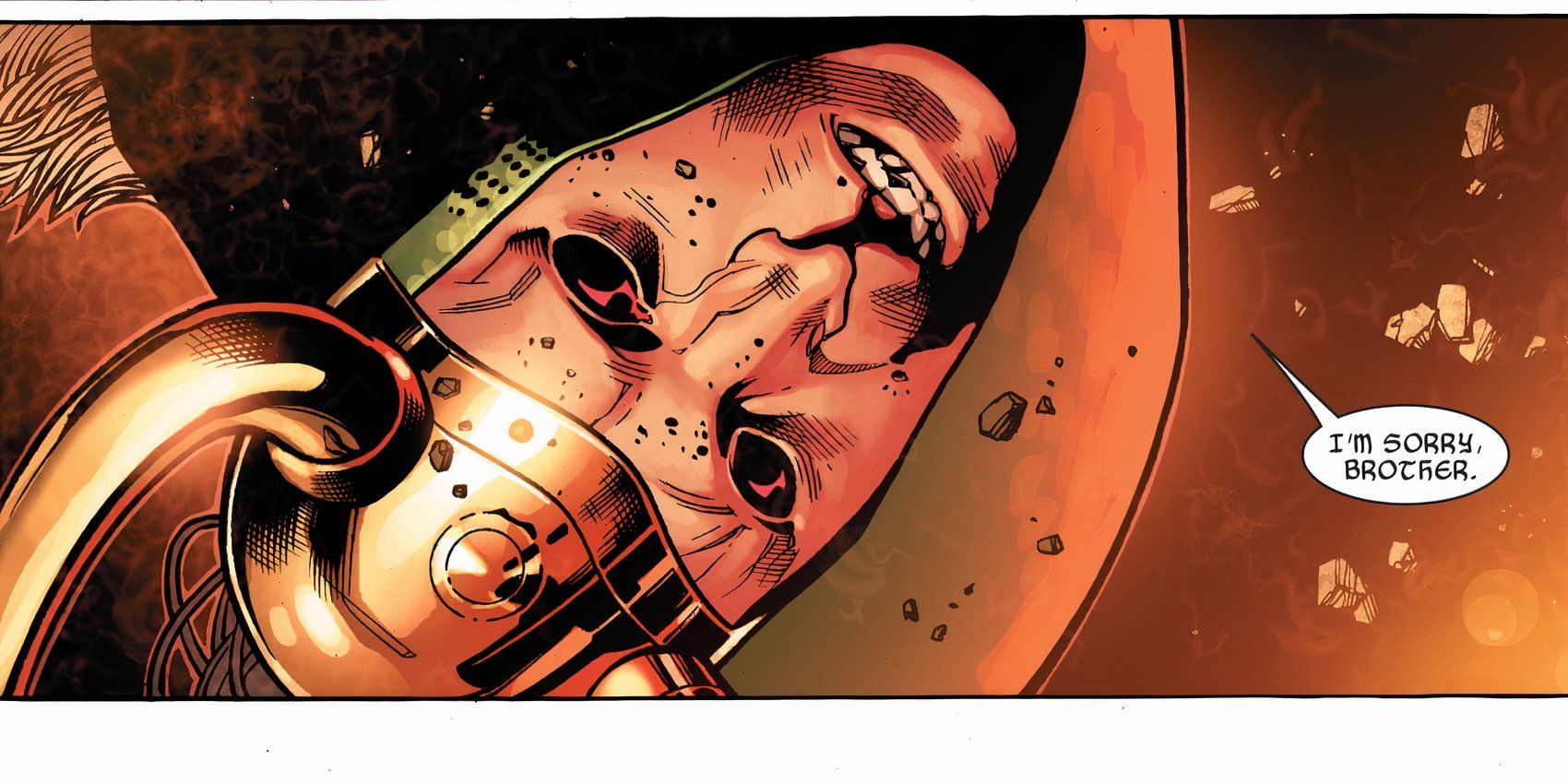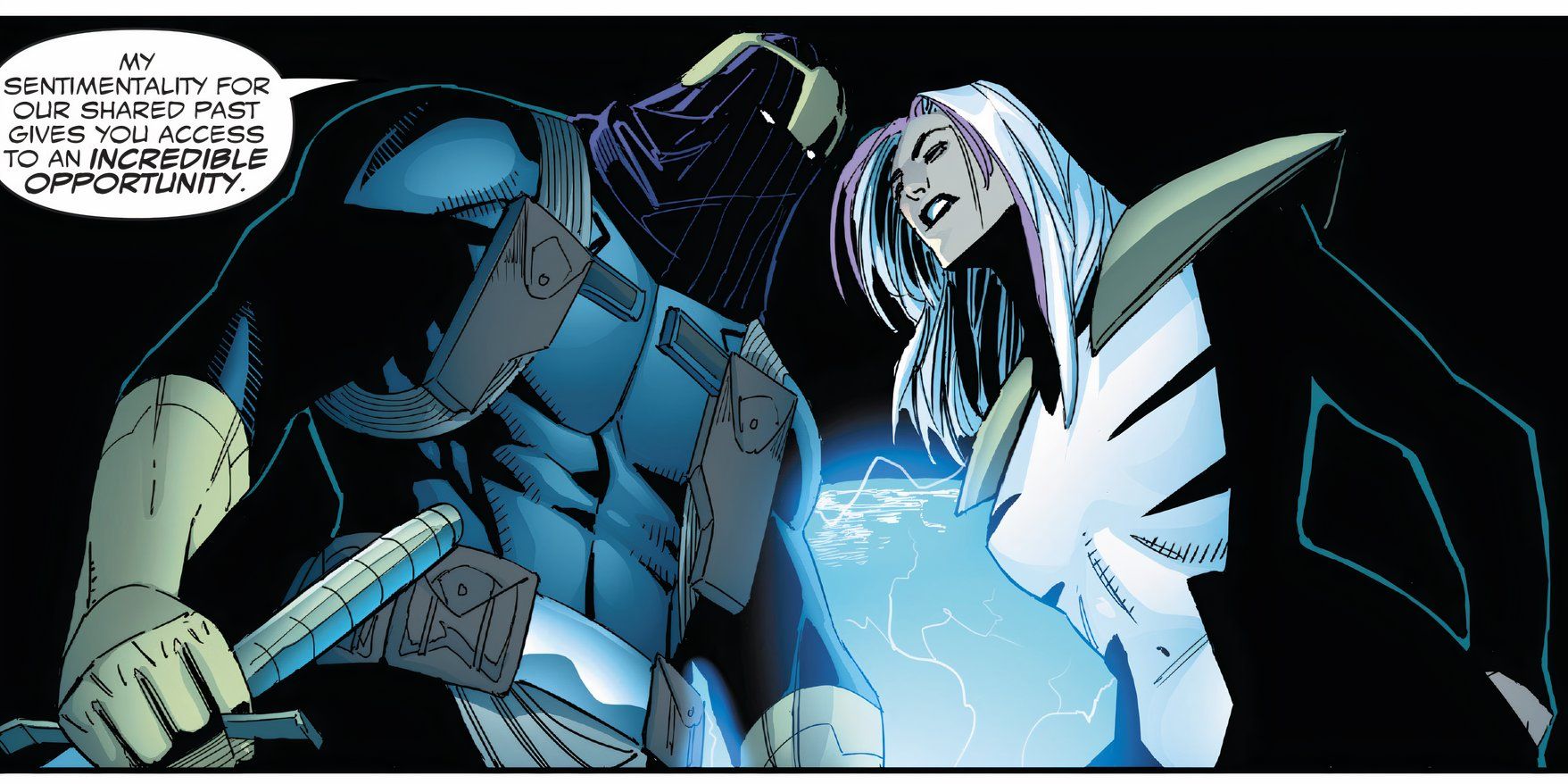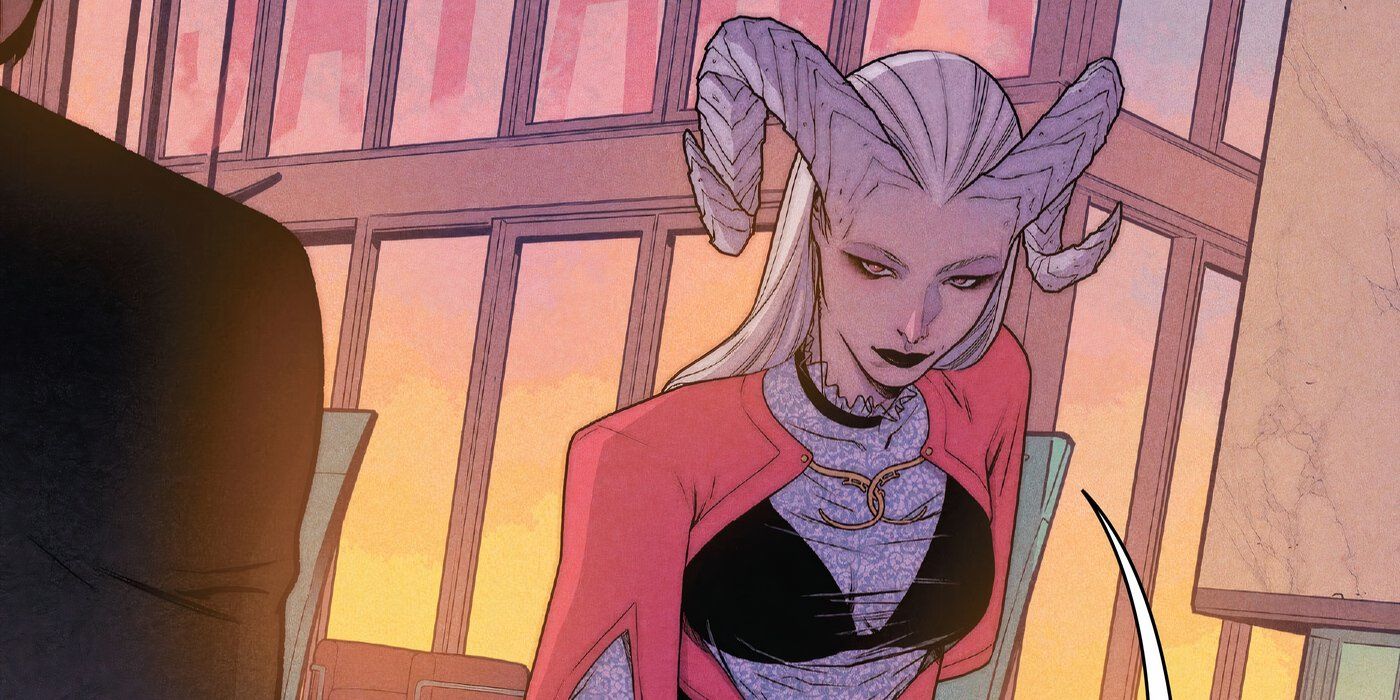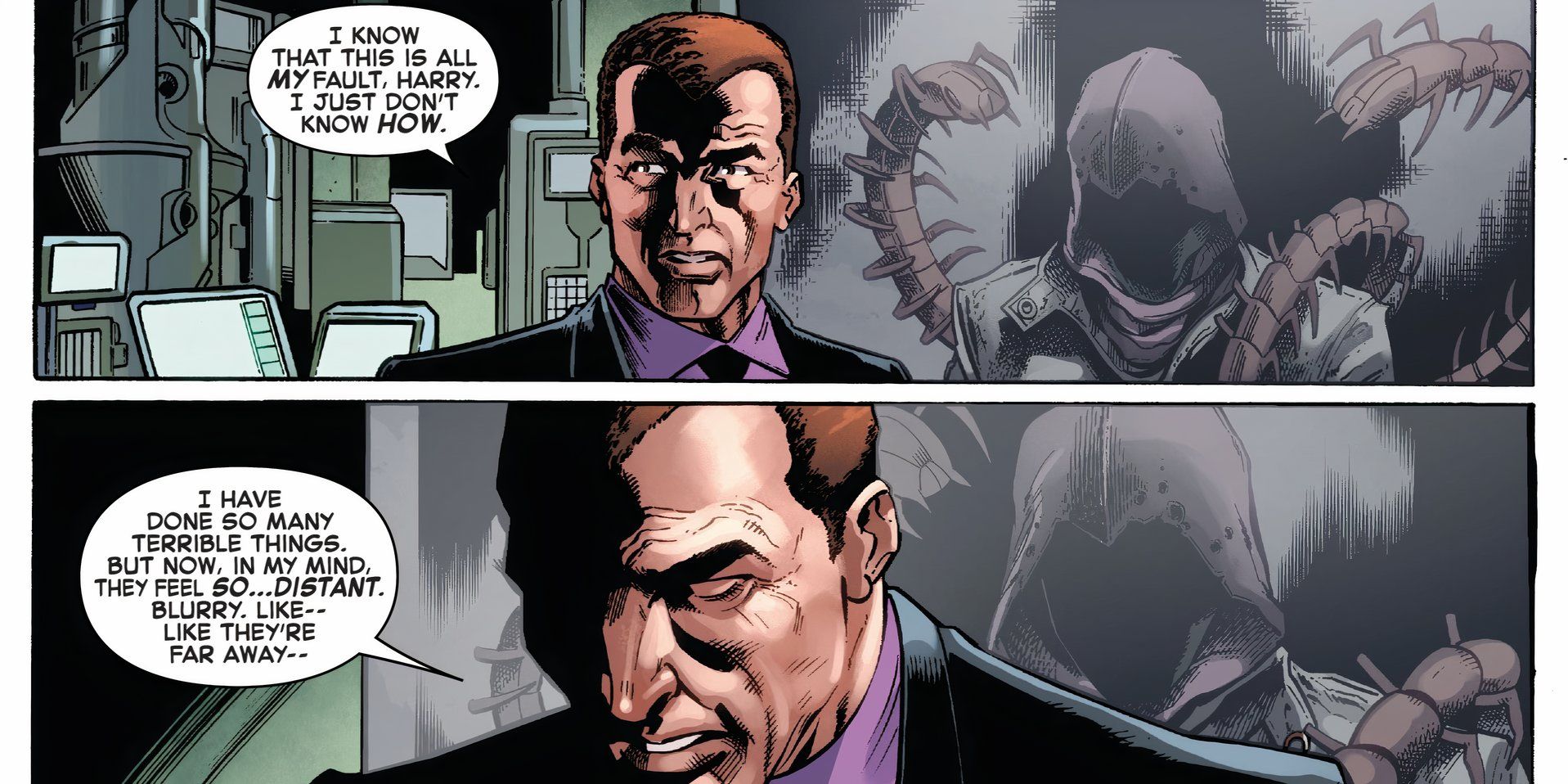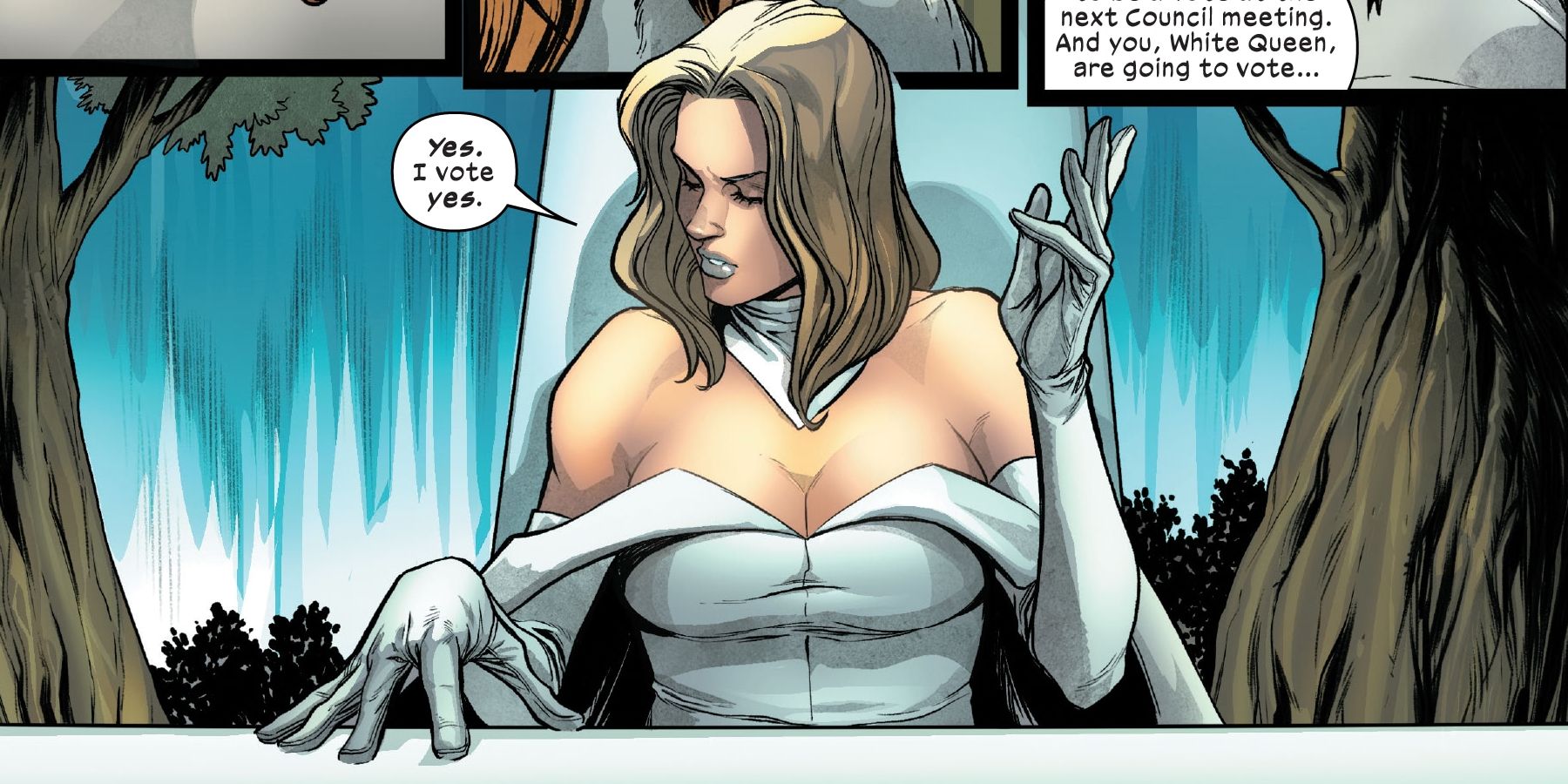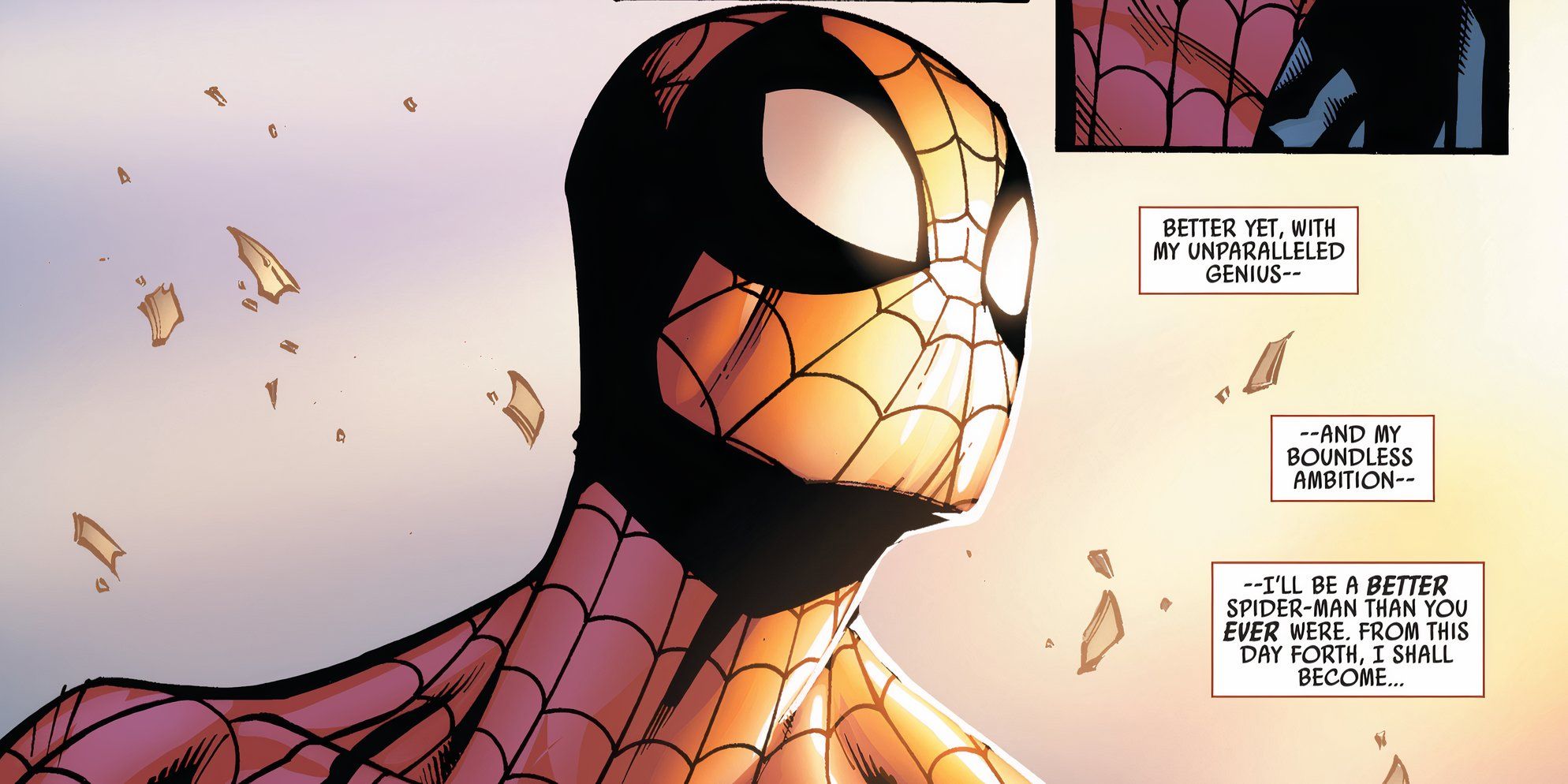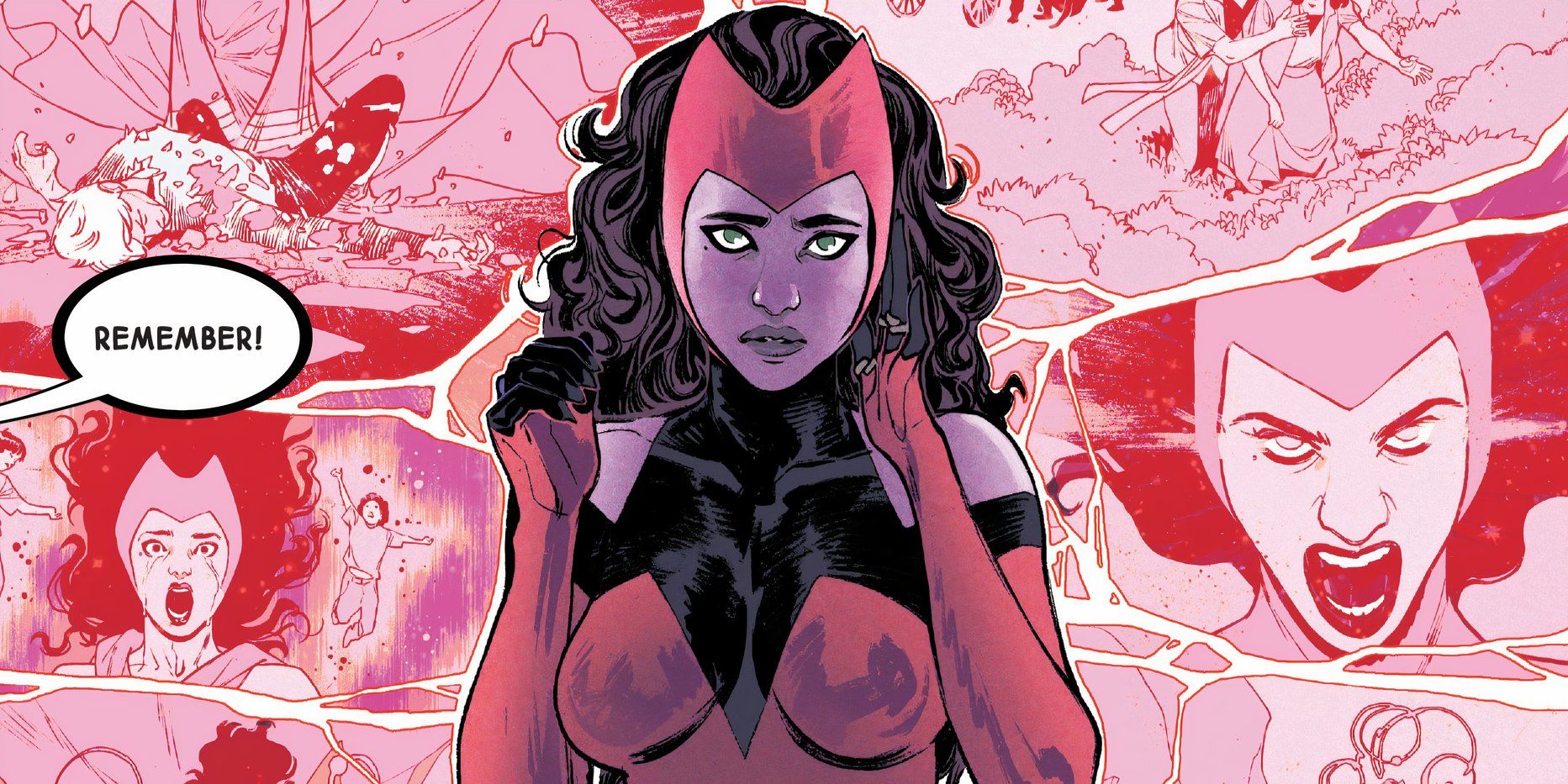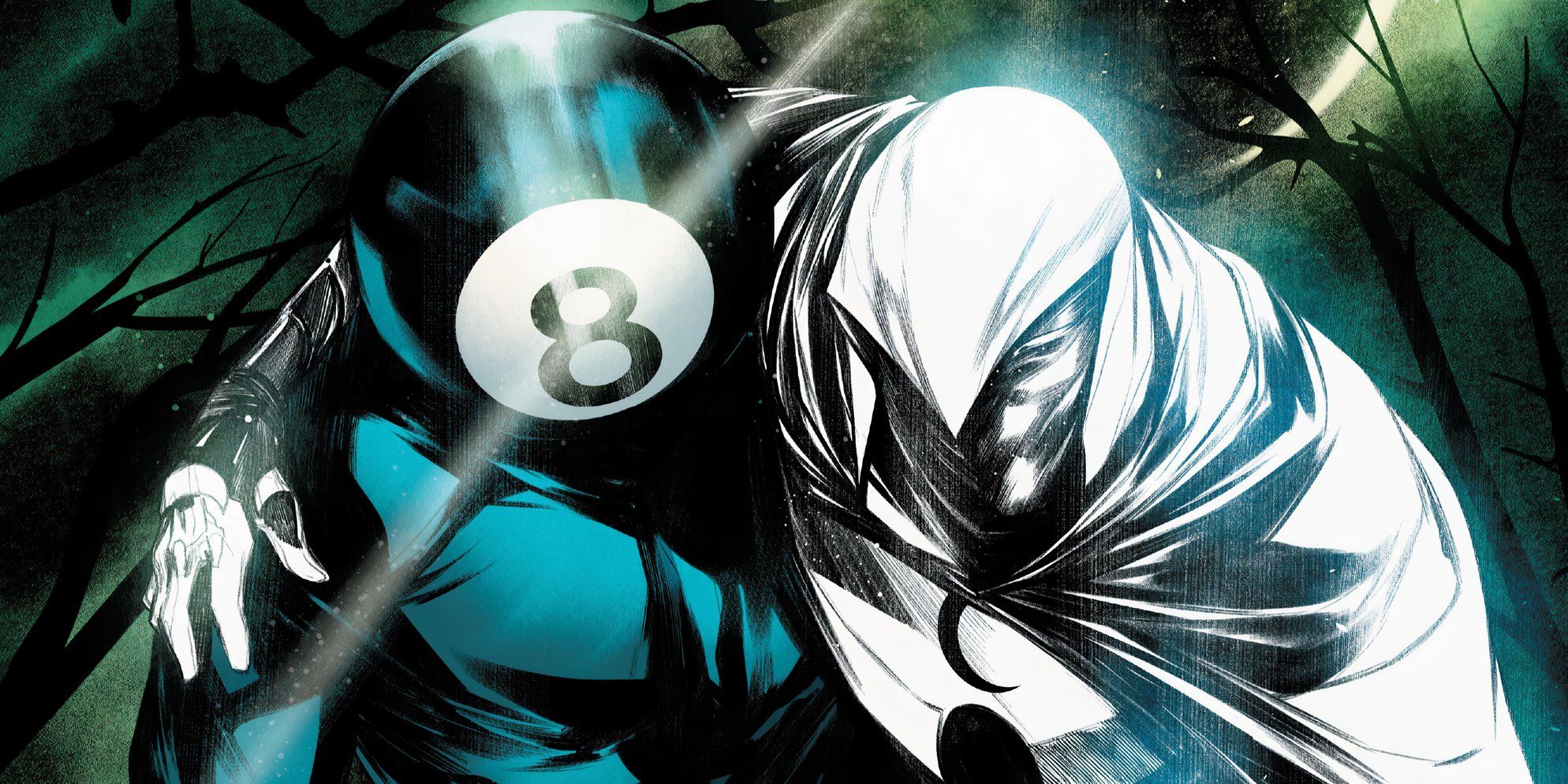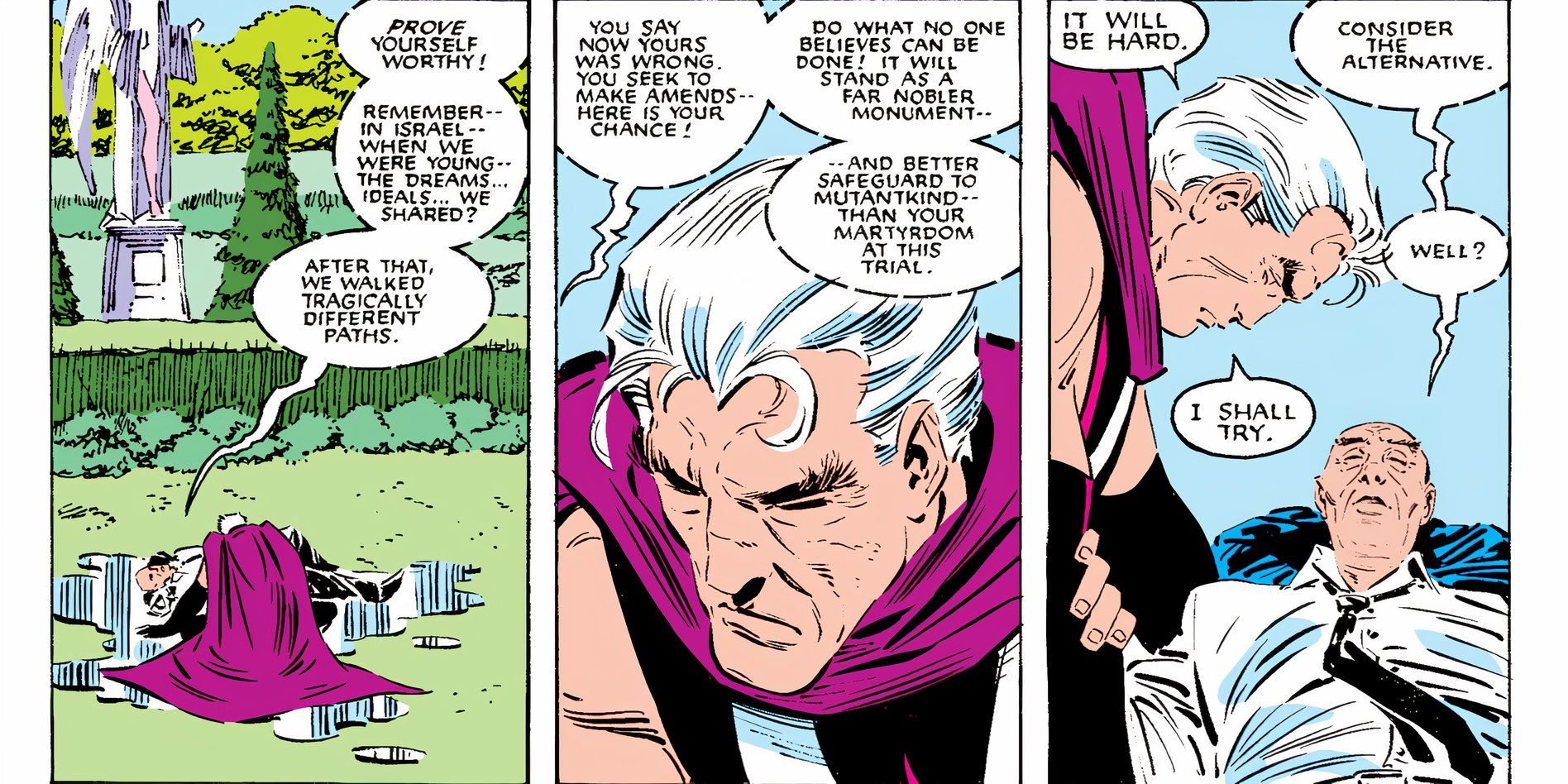Summary
- Marvel characters often shift from villain to hero, showcasing redemption arcs that enrich their complexity.
- Villains like Venom, Loki, and even Doctor Octopus have embraced heroism, proving that redemption is possible.
- Characters like Scarlet Witch and Magneto blur the line between hero and villain, highlighting the complexity of morality in Marvel.
Marvel’s line between heroism and villainy is often a thin one that writers bend to fit the needs of their story. Sometimes, a character who has spent their entire comic book tenure as a murderous supervillain experiences a sudden change of heart, thus turning them on a path of good. At other times, a troubled soul endures a slow and grueling journey toward heroism as they repent for their sins.
Regardless, watching a villain reject their evil past and commit themselves to the pursuit of good can be a heartwarming experience. During the era of the Comics Code Authority, villains were subject to never being released from their criminal actions. What could have been rich narrative experiences, the quality of stories was potentially dulled. Most heroes believe that redemption should be available to a villain and so do their writers. Luckily, Marvel has long embraced this dynamic, creating a rich tapestry of complex characters. Here are 10 Marvel villains who have stepped up to become heroes.
1 Venom (Eddie Brock)
The Amazing Spider-Man #362 (by David Michelinie and Mark Bagley)
Venom has been one of Spider-Man’s longest-lasting villains ever since his first appearance as the symbiotic menace in Amazing Spider-Man #300 by David Michelinie and Todd McFarlane. While Venom was born of Eddie Brock and the symbiote’s mutual hate for Spider-Man, they have toed the line of anti-heroism almost from the beginning. Known as the “Lethal Protector,” Venom exacts a harsher form of justice than Spider-Man while chomping on a healthy dose of criminals’ heads. However, Venom would make his first step into heroism soon after the birth of his symbiotic offspring, Carnage.
When Carnage, true to his namesake, launches a violent massacre against New York City, Venom and Spider-Man are forced to join forces to take down the crimson monster. While Spidey and Venom quickly shed their alliance after the day was saved, the Lethal Protector repeatedly returns to the role of the hero over the next few decades. Currently, Eddie Brock and Venom are continuing their heroic endeavors as Eddie reigns as the King in Black while the symbiote remains on Earth bonded to the pair’s son, Dylan.
2 Loki
Seige #4 (by Brian Michael Bendis and Joe Quesada)
Loki may just be Marvel’s most important villain and one of its most charming heroes. Arguably, Loki’s most heroic act was the hand he had played in creating Earth’s Mightiest Heroes. After manipulating Hulk into fighting Thor in Avengers #1 by Stan Lee and Jack Kirby, the God of Mischief inadvertently sparks the catalyst needed to form the first Avengers. Loki goes on to become a frequent antagonist for just about every Marvel character. Underneath his frozen Jotun heart, Loki remains a proud Asgardian and consistently proves his love for his brother in the end.
Loki eventually experienced his shift into heroism after his plot to siege Asgard led to its imminent destruction. The Prince of Lies instigates a plot to release the Void, a cosmic force of destruction, against Asgard, but when Loki loses control of the being, he is sucked into the destructive cosmic force not before telling Thor “I’m Sorry.” Loki has since made his return in a reincarnated form, originally devoid of the memories of his previous life but burdened by the shame of his actions. After regaining his memories, the once villain still remains a mischievous hero.
3 Songbird (Melissa Gold)
Thunderbolts #10 (by Kurt Busiek, Jim Zub, Mark Bagley, and Jon Malin)
Melissa Gold, AKA Songbird, was once a low-level thug and amateur wrestler. Originally known as “Screaming Mimi,” she gains her first superhuman abilities thanks to the Power Broker’s augmentation process. Songbird remains a relatively low-level criminal until she is approached by Baron Zemo and a promise of riches. Recruited into Zemo’s terrorist organization, the Masters of Evil, Melissa Gold soon gains an infamous reputation among Marvel’s mightiest. After the death of the Avengers, Songbird, Zemo, and the Masters of Evil reform as “The Thunderbolts.”
While originally masquerading as heroes to disguise their ties to the criminal underground, Songbird and the rest of the Thunderbolts enjoy their heroic life in Zemo’s absence. After staging a coup against Zemo, the Thunderbolts, now led by Hawkeye, reassert themselves as an honest company of do-gooders. Over the following years, Songbird has remained a consistent member of the frequently reformed organization and a well-known staple in the hero community. While she may have been introduced as a low-level goon, Melissa Gold has more than earned her recognition as a force of good.
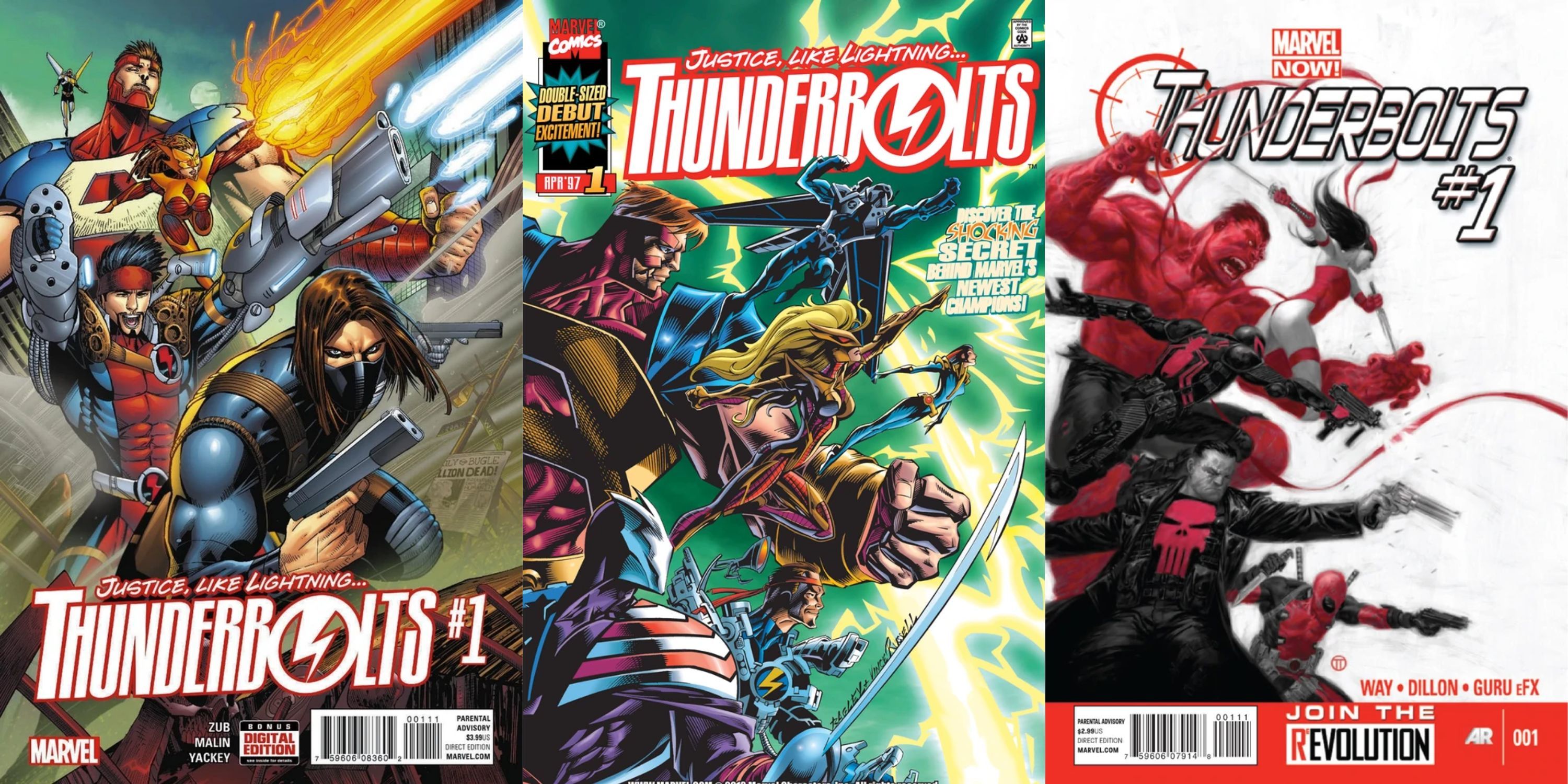
Related
Thunderbolts: 8 Storylines and Comics That Could Be Adapted
Since their introduction in 1997, the Thunderbolts have had some exciting comics issues, and some would be great choices to be adapted for the film.
4 Satana Hellstrom
Spirits of Vengeance #5 (by Victor Gischler and David Baldeón)
Part human, part demon, and the daughter of Lucifer, Satana Hellstrom has had a complicated history with morality throughout her tenure in Marvel Comics. Satana was raised in Hell and bred to become a useful tool in her father’s constant demonic schemes to overthrow Heaven and Earth. For most of her existence, the Devil’s Daughter is a target of Lucifer’s manipulations and is used to reap mortal souls in his name. Satana often bends the rules of her servitude by targeting wicked men specifically. Despite her best efforts, she would remain a figure synonymous with Heaven’s greatest betrayal.
While she had attempted to rebel against her father on numerous occasions, Satana, alongside her brother Daimon, finally had the chance to stop Lucifer’s millennia-old plot to seal off Heaven in the 2017 series Spirits of Vengeance. Every evil act their father had committed since his fall from grace had led to a trap hidden under a new Covenant and the renegotiation of “peace” between Heaven and Hell. Satana ultimately sides with the forces of Heaven to stop her father and is promised by the reassuring Archangel Michael that the Heavenly Kingdom will owe her a favor in the future.
5 Norman Osborn
The Amazing Spider-Man #56 (by Nick Spender and Mark Bagley)
Norman Osborn has long been Spider-Man’s most iconic villain. Egotistical, power-hungry, and mad with a penchant for pumpkins, Norman has left a green, goblin-ridden, stain across the Web-Crawler’s history. In nearly every capacity possible, the Green Goblin has gone out of his way to destroy Peter Parker’s life. However, after Donny Cates and Ryan Stegman’s Absolute Carnage event, Norman Osborn has undergone a major character shift toward heroism.
In The Amazing Spider-Man #56, Norman becomes the target of a vigilante called Sin-Eater who, armed with a sin-consuming shotgun, purges Osborn of his wickedness, leaving only remorse for his evil deeds behind. Wishing to make amends with Peter and reconnect with his grandson Normie, Norman dedicates himself to doing as much good as possible to offset the heavy wounds he has left in New York City. He later dons a familiar, yet dazzlingly golden, Goblin suit and is soon known to the public as the hero Gold Goblin.
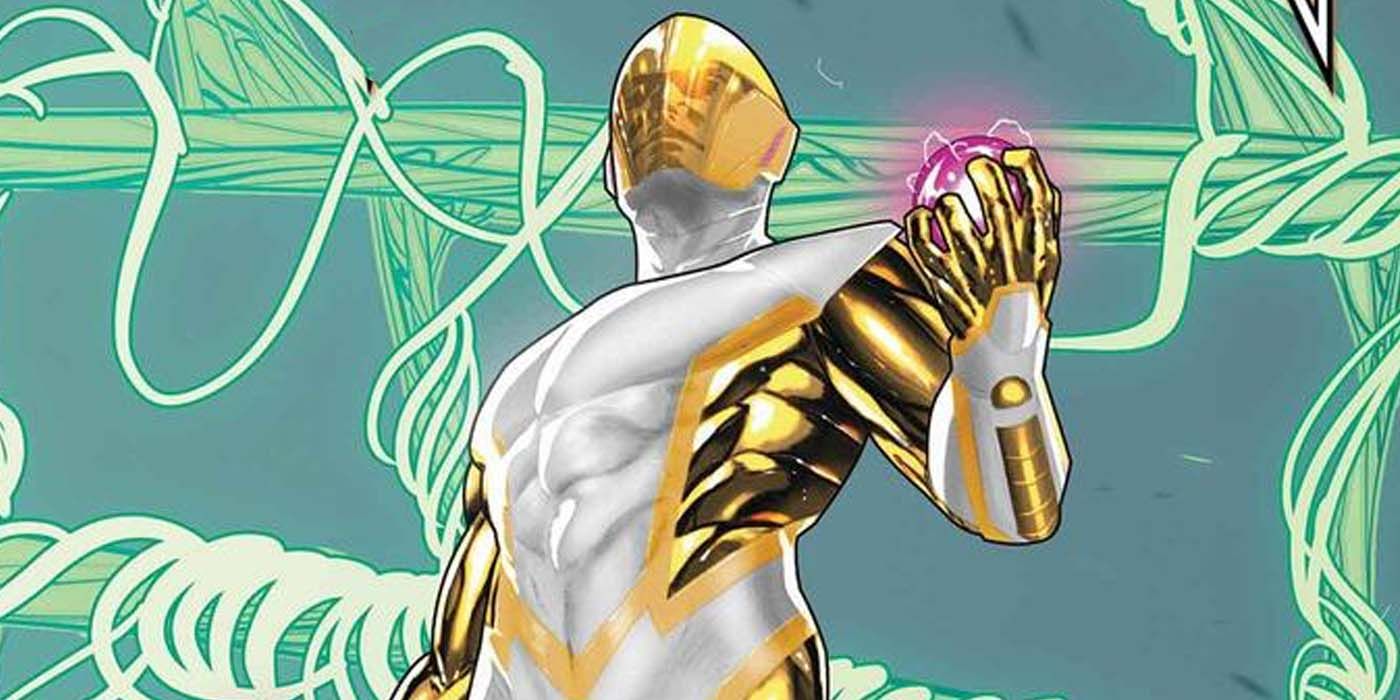
Related
Marvel’s New Gold Goblin Is Tony Stark’s Legacy (Not Peter Parker)
During Dark Reign, Norman Osborn got comfortable wearing an Iron Man suit. He was so comfortable it influenced his current role as the Gold Goblin.
6 Emma Frost
Uncanny X-Men #314 (by Scott Lobdell and Lee Weeks)
The White Queen of the Hellfire Club and an Omega-level telepath, Emma Frost has proven herself a constant ally to mutant kind. Frost has always had noble ambitions and has, in her own way, fought for mutant rights since her first appearance in Uncanny X-Men #129 by Chris Claremont and John Byrne. The Ice Queen even led her own school for young mutants, the Massachusetts Academy. But Emma Frost’s first major pivot toward heroism came after a horrific event that saw the deaths of many of Frost’s young students.
When Emma learns the fate of her Hellions, she experiences a crisis of conscience and pleads to be killed for the wrongdoings that led to this point. She admits that her students would have been safer with Charles Xavier and that she had been hurting more mutants than saving them. From this point on, Frost undergoes a slow but organic development into a notable hero and member of the X-Men. While she still retains her position in the Hellfire Club for some time, Emma Frost embraces her newfound sense of responsibility even if it means facing off against old allies.
7 Doctor Octopus (Otto Octavius)
The Amazing Spider-Man #700 (by Dan Slott and Humberto Ramos)
Otto Octavius, AKA Doctor Octopus, is another long-standing Spider-Man villain who has wrought more destruction and suffering for Peter Parker than he has ever done good. Murder, kidnapping, conspiracy, and terrorism are just some of the heinous sins committed by the mad doctor. It seemed that Octavius was beyond saving until his final crime against Spider-Man, which ultimately led to Parker’s death. After swapping bodies with Spider-Man, Otto leaves Peter behind in his dying body while he masquerades as the web-crawler for a day. The Doctor delivers one final blow to his old body, killing his former self and Spider-Man along with it.
In Peter’s final moments, he uses the psychic link between him and Octavius to force the villain to experience every moment of suffering Spider-Man has had to endure and every celebration once he has saved the day. Otto is overwhelmed by Peter Parker’s grievous life and begs to be free of the visions before Peter finally succumbs to his injuries. Facing the weight and responsibility of becoming Spider-Man, Otto promises to honor the legacy of Spider-Man and Peter Parker. After his ego takes hold, Octavius decides that he will become a “Superior Spider-Man.”
8 Scarlet Witch (Wanda Maximoff)
The Avengers #16 (by Stan Lee and Jack Kirby)
While well-known as a hero and a powerful eldritch sorcerer, Wanda Maximoff originally began her career in Marvel Comics as a villain and the henchman of Magneto. Orphans and subjects to the High Evolutionary’s experimentation, Wanda and her twin brother Pietro were saved by Magneto when an angry mob sought the twins’ death. Now known as the Scarlet Witch, Wanda, believed to be a mutant at the time, served as a member of the Brotherhood of Evil Mutants. But her tenure with the master of magnetism would quickly cease when Magneto apathetically threatened the life of her brother.
When Quicksilver was captured by Jean Grey in Avengers #16, Magneto’s plan to destroy the X-Men was not halted. Magneto accepts Pietro as an unfortunate collateral and is more than willing to kill the speedster alongside the heroic mutants. Namor the Submariner steps up to help Wanda and the two thwart Magneto’s evil schemes. The Avengers, devoid of most of its founding members, recruit Wanda and her brother, thus cementing her status as an Avenger and superhero. Wanda, next to Doctor Strange, has become Marvel’s leading master of magic and an eldritch force capable of warping reality to her will.
9 8-Ball (Jeff Hagees)
Moon Knight #25 (by Jed MacKay, Partha Pratim, Alessandro Cappuccio, and Alessandro Vitti)
Jeff Hagees was a brilliant propulsion engineer contracted with the Department of Defense, but learning of Hagees’s lifelong gambling addiction, the DOD promptly fired Hagees fearing he would gamble government secrets. With a mountain of debt owed to criminal loan sharks, Jeff Hagees adopts the moniker of 8-Ball and turns to petty thievery to help pay off his debts. For the most part, 8-Ball has been considered a D-List villain throughout his history in the comics. Even so, 8-Ball got his chance of redemption after meeting Marc Spector in Devil’s Reign: Moon Knight #1 by Jed Mackay and Federico Sabbatini.
Hagees quickly finds a kinship with Moon Knight as he felt that Marc was the first person who wanted to get to know him without wanting something in return. Marc Spector doesn’t look at 8-Ball as a small-time crook but rather a decent man lost on the wrong path. After Moon Knight nearly lost his life at the hands of Black Spectre, 8-Ball steps up to save his new ally. Wishing to become more than a D-List villain, he follows in Moon Knight’s footsteps and joins the Midnight Mission.
10 Magneto (Max Eisenhardt)
Uncanny X-Men #150 (by Chris Claremont and Dave Cockrum) and Uncanny X-Men #200 (by Chris Claremont and John Romita Jr.)
Arguably, Magneto has never been a true villain. While different writers tend to move him back and forth between hero and villain, Max Eisenhardt always finds himself back on the moral road to mutant acceptance. Despite his unfortunate leadership of the Masters of Evil, Max is a holocaust survivor who knows the terror of subjugation . His first major deviation from his villainous ways occurred after he nearly killed fellow mutant and Jewish person Kitty Pryde. In Uncanny X-Men #150, Magneto experiences a moral crisis following the event and abandons his plans of human domination.
Max slowly grows closer to the X-Men and Kitty Pryde and, in Uncanny X-Men #200, offers himself to the police to face trial for his terroristic crimes. The trial is interrupted by an attack from Fenris, which almost kills Charles Xavier in the process. Losing his consciousness, Xavier makes Magneto promise to look over the X-Men and mentor the next generation of mutants. He agrees and shortly thereafter assumes the role as leader of the New Mutants. While writers still can’t decide whether the magnetic mutant should be a hero or a villain, Magneto will always possess a heart of gold.
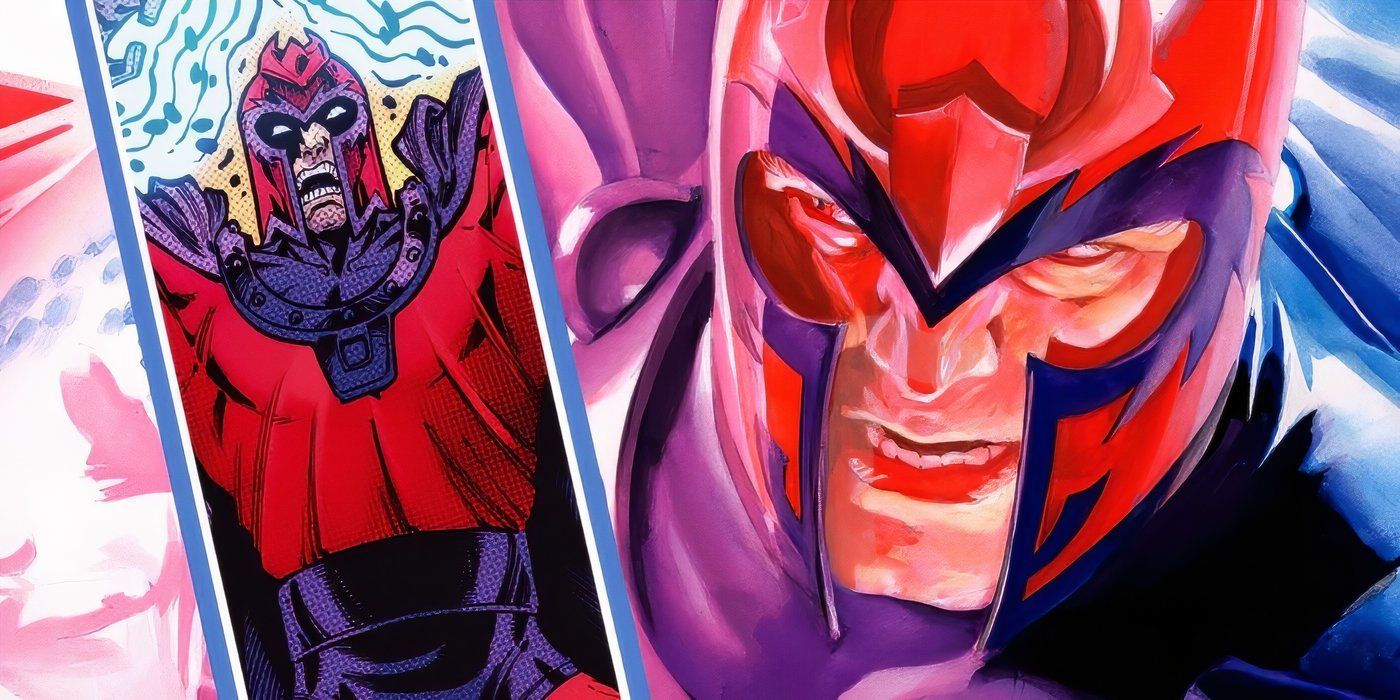
Related
10 Best Magneto Comics in History, Ranked
Magneto is one of the most iconic characters not just in X-Men, but the entirety of Marvel Comics. Here are his 10 best comic book stories, ranked!



